
Tesco boss Philip Clarke “had to go” because his store refit programme under-delivered and he failed to make Tesco competitive on price, according to City analysts.
In research papers released this week, Bernstein senior analyst Bruno Monteyne argued the £1bn spend on Clarke’s flagship ‘build a better Tesco’ strategy had a negligible overall impact on store standards.
The programme was launched in April 2012 after Tesco had issued a profits warning in February of that year. Last year the retailer refreshed 300 stores, including eight hypermarkets with Tesco citing sales uplifts up between 3% and 5%. This year it plans to refresh 110 hypermarkets among a total of 650 stores this year, the vast majority Express stores.
Read this: Has Tesco’s store refit programme hit the buffers?
As of February, Tesco had refreshed 82 Extras since the programme began, with two thirds still to be revamped, and 300 Express stores and nearly 200 supermarkets. In total, Tesco had refreshed just under a quarter of its entire store portfolio, with three in five superstores yet to be updated.
Monteyne used Grocer 33 data to show Tesco’s overall store standards have shown little sign of improvement despite the three years of investment.
He pointed to a decline in availability and checkout experience scores since 2010. While shop floor service had improved, Tesco remained behind the industry average. Bernstein found Tesco’s average Grocer 33 score only outperformed Waitrose and remained “miles behind Sainsbury’s in [almost] all categories”.
A Tesco spokesman countered with its own research of 130,000 customers a month which shows a “significant improvement” in customer measures, especially in refreshed stores.
“Our total focus is on improving the shopping experience for our customers, however they choose to shop with us. We are accelerating our store refresh programme with over 650 stores due to be refurbished this year, and we’ve already rolled out more than a million extra hours of customer service training,” he said.
The lack of uptick in Grocer 33 scores may by more reflective of the slow progress made in rolling out the refreshes. In April 2013 The Grocer revealed that instead of the 430 “refreshes” planned since the April 2012 launch of the turnaround plan, just 300 of the UK stores had been revamped - a deficit of more than 30%.
Tesco’s remains convinced of the refresh programme’s eventual benefits and insists it is on course to refit its entire estate by 2017. However, Tesco’s bullish attitude towards the short-term trading boost from the refits dwindled as sales continued to fall.
In 2011, the company claimed: “As we improve the shopping trip for our customers, it will follow that our sales growth and financial performance will improve too.” But by June 2014, Tesco conceded that the scale of disruption caused by refurbishments meant that “the acceleration of our plans is impacting our near-term sales performance.”
The slow progress in delivering benefits at scale from ‘build a better Tesco’ has been exacerbated by Tesco’s “lack of affirmative action” in pricing, added Monteyne. Bernstein analysed its pricing index (which encompasses daily prices on 120,000 products) and found “Tesco hasn’t improved its pricing versus Asda at all” and was still 6% more expensive on branded goods.
In February, Clarke announced a new series of “deep price cuts”, which represented a “fundamental change” in strategy.
While Bernstein found Tesco had improved its position on a limited set of staples, its analysis showed Tesco was only catching up with Asda, which was already at discounter pricing level. Additionally, as Tesco’s price cuts on staples went closer to the discounters, they simply responded by cutting even deeper.
“Almost nothing has changed in terms of price competitiveness,” Monteyne said. “[Tesco has] completely failed to regain their position as a price setter in the UK.”
He accuses Tesco of “years of overpricing” and concludes that merely removing excessive price premiums over Asda is “unlikely to re-install the brand image of value and trust in the consumers’ minds very quickly.
Shore Capital’s Clive black agreed that pricing had been Clarke’s Achilles heel, noting: “Tesco has not had a pricing file that is competitive enough in its home market.”
Tesco responded to the Bernstein claim by stating: “We’ve also invested in cutting the prices of products that matter most to our customers like milk, eggs and fresh produce, as well as investing in services our customers rely on; we’ve cut home delivery charges, made Grocery Click & Collect free of charge and helped over six million customers cut the cost of filling up their tanks through our Clubcard Fuel Save scheme.”
Under pressure: tough times for the big four grocery bosses
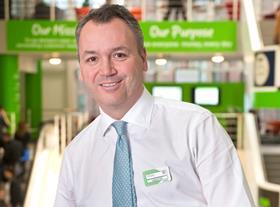
Andy Clarke, CEO, Asda
In the past few months, Asda has been leading the big four in terms of growth, but he has also overseen a tumultuous restructure of in-store management that has seriously damaged morale.
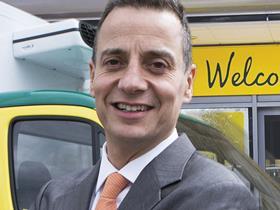
Dalton Philips, CEO, Morrisons
Morrisons share price is down by 43.2% since he joined in March 2010 (Tesco’s slumped 31.1% during Clarke’s tenure). The spotlight on Clarke has deflected attention from Philips until now.

Dave Lewis, CEO designate, Tesco
In October, Lewis will become the first Tesco boss not to be recruited from within. His lack of retail experience will no doubt be used as a stick to beat him with if he can’t produce quick results.

Mike Coupe, CEO, Sainsbury’s
Coupe took charge just 17 days ago, but with sales declining in the two latest quarters has he been handed the same kind of hospital pass as Clarke received from Sir Terry Leahy?







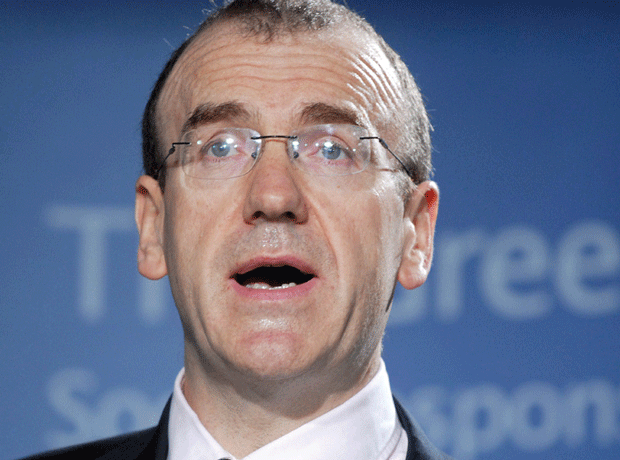
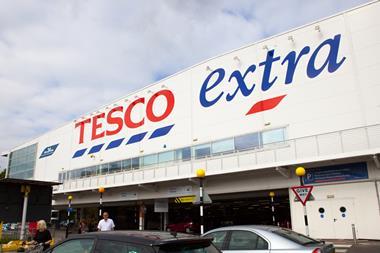

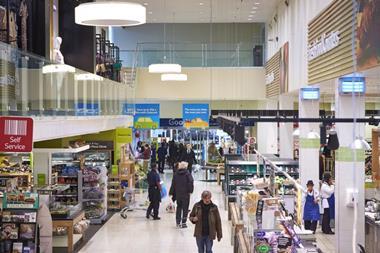
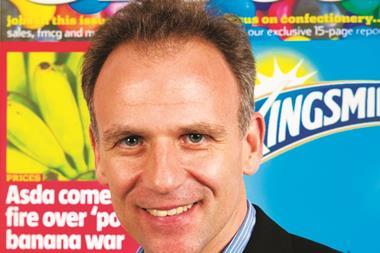



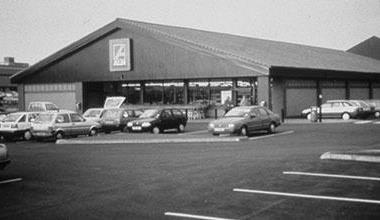



3 Readers' comments